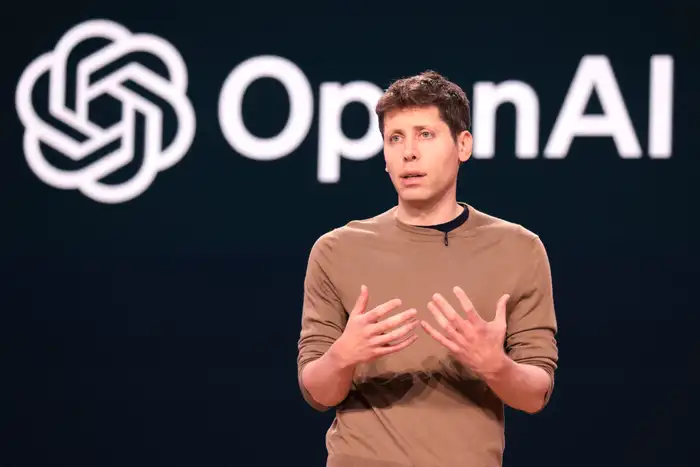We asked OpenAI’s new o1 model what it thought about its own name. It didn’t hold back.

OpenAI needs better product names. Even its products think so.
The company introduced its latest model on Thursday, which it calls OpenAI o1. It has “enhanced reasoning capabilities” and was trained to spend more time thinking before responding, much like humans.
Despite its popularity, OpenAI is renowned for its uninspiring code-like product names. CEO Sam Altman called ChatGPT “a horrible name” during Trevor Noah’s podcast in 2023 and acknowledged as recently as July that the company needed to “revamp” its approach.
There was a moment when OpenAI fans believed the new model might be called “Strawberry” (for reasons only the most hardcore stans would understand). But in its press release announcing o1, the company explained how it ultimately settled on the name.
“For complex reasoning tasks this is a significant advancement and represents a new level of AI capability,” the company said. “Given this, we are resetting the counter back to 1 and naming this series OpenAI o1.”
It’s OpenAI’s latest branding mistake, according to o1.
We asked o1 to rate and give an ‘honest reaction’ to its name.

OpenAI CEO Sam Altman.
B-17 asked o1 to give its opinion on its name with the following prompt:
“Pretend you are a marketing or branding expert. What would be your honest reaction to an AI company pitching an AI LLM model name as ‘o1’? Give it a grade or rating on a scale of 1-10 and explain the reason for your grading and scoring.”
o1 said it “thought for 12 seconds” before sharing its answer.
“As a marketing and branding expert, my honest reaction to naming an AI language model “o1″ is that it poses several significant challenges. I would rate this name a 4 out of 10,” it said.
The model said the name o1 is too abstract, lacks brand identity, and could cause trademark concerns. o1 also said its name could face SEO challenges, and customers could confuse the “o” with a “0.”
While it might have human-like reasoning skills, it doesn’t appear to have a human-like ability to deliver feedback gently or with tact.
“The name ‘o1’ lacks the distinctiveness and communicative power needed for effective branding of an AI language model,” it said. “It could lead to confusion, be hard to find online, and doesn’t help in building a strong, memorable brand.”
So what should OpenAI have named o1 instead?
BI asked o1 for alternative names. The model “thought” for eight seconds and provided 10 new options, including LexiAI.
“Reasoning: Combines ‘Lexi’ (from ‘lexicon,’ meaning vocabulary or language) with ‘AI,’ indicating an artificial intelligence focus on language,” o1 said.
The model also suggested Linguista, EchoMind, NexText, Dialogix, WordSmith AI, Verba, InnovaLingo, Cognitext, and LuminaryAI.
o1 explained its reasoning for suggesting those names, citing relevance, memorability, trademark availability, SEO, and pronunciation.
Finally, B-17 asked o1 a third question:
“What about if the main advancement in the model was that the AI model could follow a ‘chain of thought’ and ‘reason’ in a way previous models couldn’t? What names would you suggest then?” B-17 asked.
o1 responded after 15 seconds of thought and provided 20 potential names.
“LogicFlow,” o1 said. “Reasoning: Conveys a continuous flow of logic, indicating advanced reasoning.”
Other names on the list were CogniChain, LogicLink, SynapChain, MindFlow, CogniPath, and IntelliThread.”
As with the other two prompts, o1 provided its reasoning for choosing those names and suggested actions we could take.
“By selecting a name that encapsulates the AI model’s unique reasoning capabilities, you position your product as a pioneering solution in the market,” o1 said.






